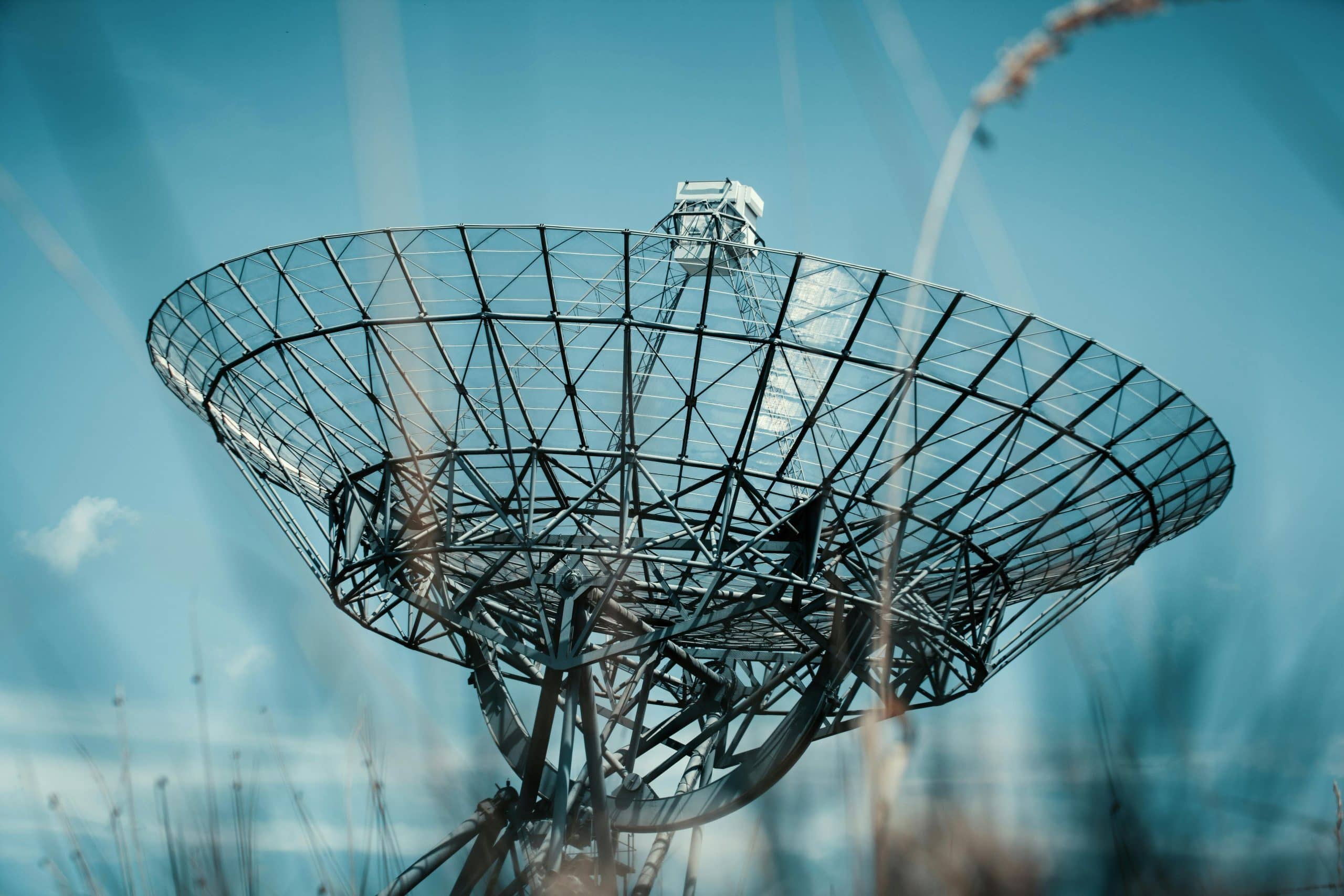What is the role of ai in predicting natural disasters?

In an era where the frequency and intensity of natural disasters seem to be increasing, the need for advanced systems to predict and mitigate the impact of these events has never been more critical. As communities worldwide grapple with the devastation wrought by hurricanes, earthquakes, floods, and other calamities, the application of Artificial Intelligence (AI) in disaster prediction and management has become a beacon of hope. These sophisticated technologies, including machine learning and deep learning, stand at the forefront of the scientific endeavor to safeguard lives and reduce damage by enhancing disaster response and preparedness.
For you, as members of the global community, understanding the role of AI in predicting natural disasters is pivotal in appreciating how these systems can potentially save lives, protect property, and streamline disaster management. This article delves into the transformative impact AI is poised to have on disaster prediction and response, examining its applications in weather forecasting, early warning systems, and beyond.
En parallèle : The role of tech in sustainable agriculture
The advent of ai in weather forecasting
Weather forecasting has long been crucial in predicting natural disasters, providing valuable time for early warning and preparation. The advent of AI in this field has revolutionized how data is interpreted and transformed into actionable insights.
Machine learning, a subset of AI, excels in identifying patterns within massive datasets, a task that is particularly relevant to weather forecasting. By analyzing historical data and current weather conditions, AI models can predict weather patterns that could lead to natural disasters with greater accuracy than traditional methods. Satellite imagery is also utilized to observe and analyze atmospheric changes over time, adding another layer of precision to predictions.
Lire également : What role will robots play in future education systems?
The ability of these AI systems to process and analyze large volumes of data in real-time lends them a significant edge. Real-time analytics can provide updates and predictions at a speed that allows for more timely and effective disaster response. Furthermore, the incorporation of social media data into these models can offer on-the-ground information, making the predictions more relevant and localized.
Enhancing early warning systems with ai
Early warning systems are a critical component of natural disaster risk management. They are designed to alert communities to impending danger, providing essential time for evacuation and preparation. AI has the potential to greatly improve these systems by enhancing the speed and accuracy of disaster prediction.
Deep learning algorithms, another branch of AI, can analyze complex patterns in large datasets that human analysts may overlook. For example, they can process satellite images to detect signs of an impending hurricane or flood. This early warning can be vital in mobilizing emergency services and evacuating populations at risk.
Moreover, AI models can learn from each natural disaster, improving their predictive capabilities over time. This continuous learning aspect ensures that prediction models become increasingly reliable, offering better guidance for disaster prevention and management strategies.
Ai in predicting specific natural disasters
Predicting natural disasters such as hurricanes, earthquakes, or tsunamis requires specialized models tailored to the unique characteristics of each event. AI brings a level of sophistication to this task that was previously unattainable.
For hurricanes, AI systems can analyze patterns in temperature, humidity, wind speed, and ocean currents to predict their formation and trajectory. Earthquake prediction, while still challenging, benefits from AI’s ability to detect subtle seismic activity patterns that may precede a major quake. For tsunamis, AI can quickly interpret seismic data to forecast the likelihood of a tsunami following an underwater earthquake, which is critical for timely evacuations.
Each natural disaster model developed with AI leverages specific data and learning algorithms to enhance its predictive power. Although these models are not foolproof, their continued refinement holds promise for significantly improved disaster prediction in the future.
Ai’s impact on disaster response and management
When a natural disaster strikes, the efficiency of the response can mean the difference between life and death. AI-driven systems aid in disaster response by streamlining the management of resources and coordinating efforts.
Machine learning can assist in analyzing damage assessments from satellite images or social media, helping responders prioritize areas in need. In addition, AI can optimize logistics, such as the delivery of aid and the deployment of emergency personnel, by predicting the impact of the disaster on transportation networks.
In disaster management, AI’s predictive analytics can help plan for potential disasters, allowing authorities to develop more informed and effective strategies. For instance, cities can use AI to simulate various disaster scenarios and plan their infrastructure development accordingly, reducing potential damage and enhancing community resilience.
The future of ai in disaster prevention
As AI technology continues to advance, its role in disaster prevention is set to become even more significant. By integrating climate change models with AI prediction systems, scientists can anticipate and mitigate the long-term impacts of environmental shifts on natural disaster patterns.
The future may also see the development of AI-driven autonomous systems capable of responding to disasters independently, such as drones that can conduct search and rescue operations or robots that can navigate debris to provide aid.
Moreover, AI can play a role in educating the public about disaster risks and preparedness. Through personalized learning systems, individuals can be informed and trained on how to respond to various disaster scenarios, potentially saving more lives and reducing panic during actual events.
Conclusion
The integration of Artificial Intelligence in predicting and managing natural disasters offers an unprecedented opportunity to enhance human safety and reduce economic damage. As these AI systems, powered by machine learning and deep learning, evolve, they are poised to transform weather forecasting, early warning systems, and disaster response. The predictive power of AI in anticipating the occurrence, scale, and trajectory of natural disasters such as hurricanes and earthquakes is steadily improving, providing vital lead time for preparedness and prevention measures.
While the potential for AI in disaster management is vast, it is essential to continue refining these models with the latest data, ensuring that they adapt to the changing patterns of natural events, especially in the context of climate change. As you consider the role that AI plays in safeguarding against the unpredictable forces of nature, remember that these systems are tools designed to augment human expertise and decision-making, empowering communities to respond more effectively to the challenges posed by natural disasters. The future of disaster prediction and management lies in a collaborative approach where AI complements human intelligence, ensuring that when disaster strikes, our response is as swift, informed, and effective as possible.
